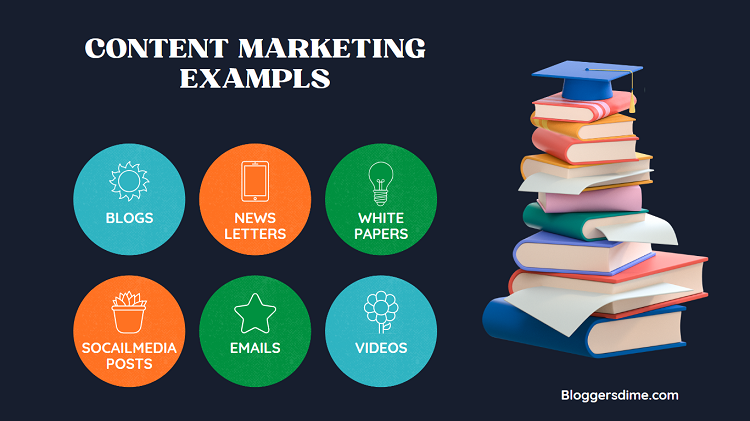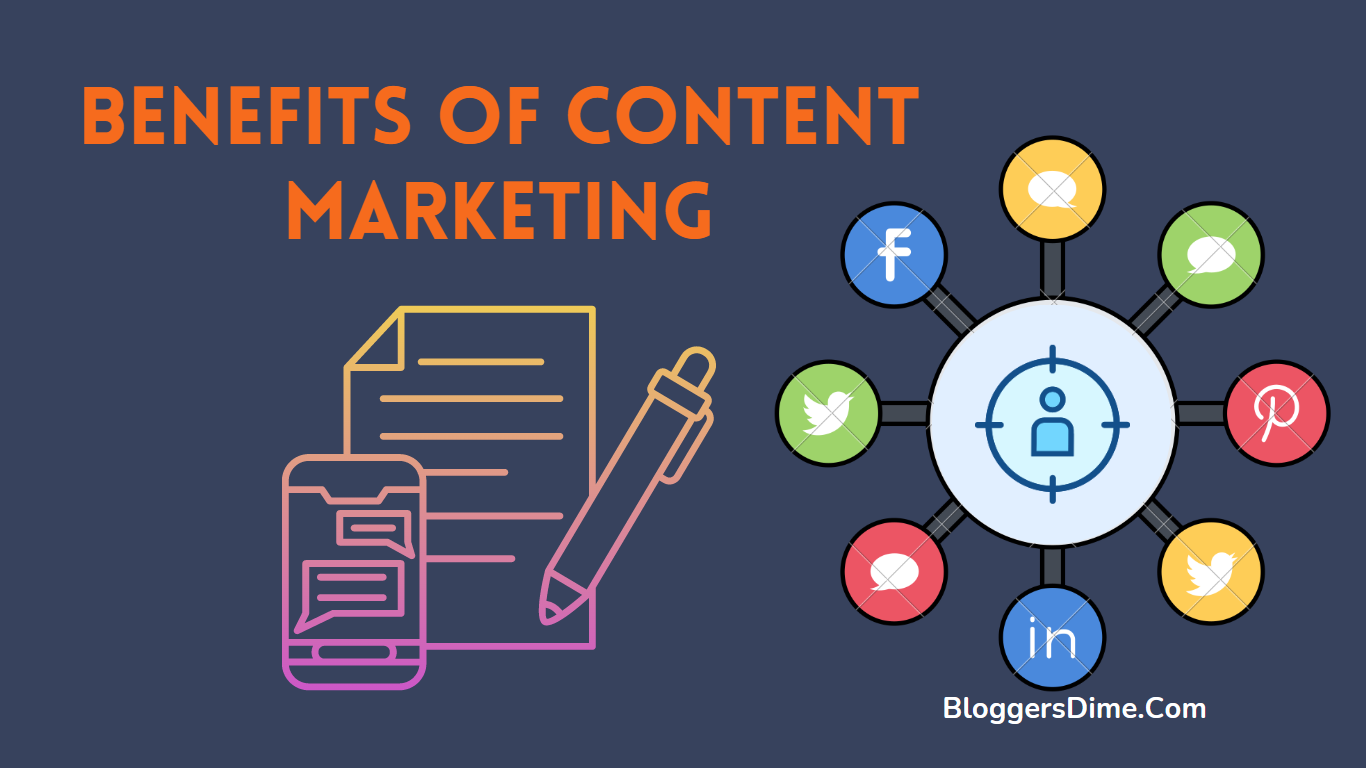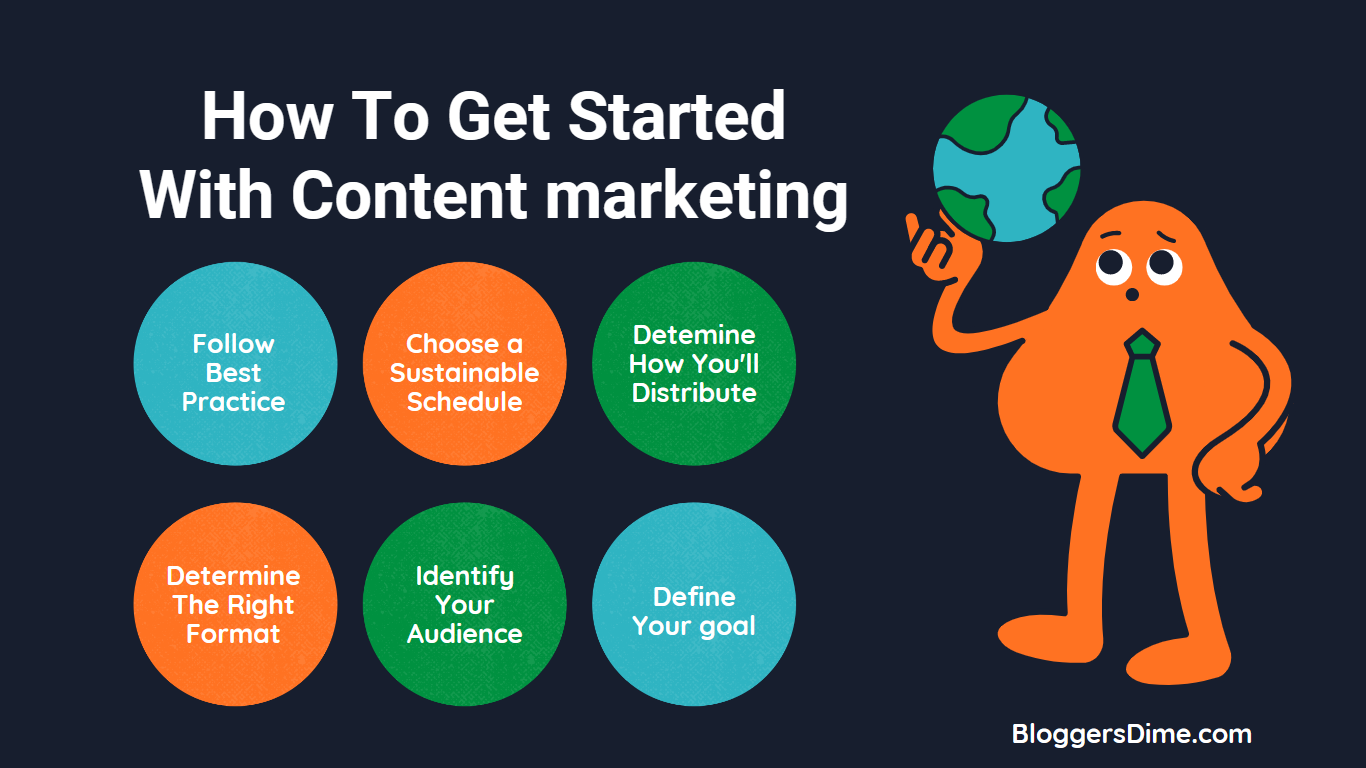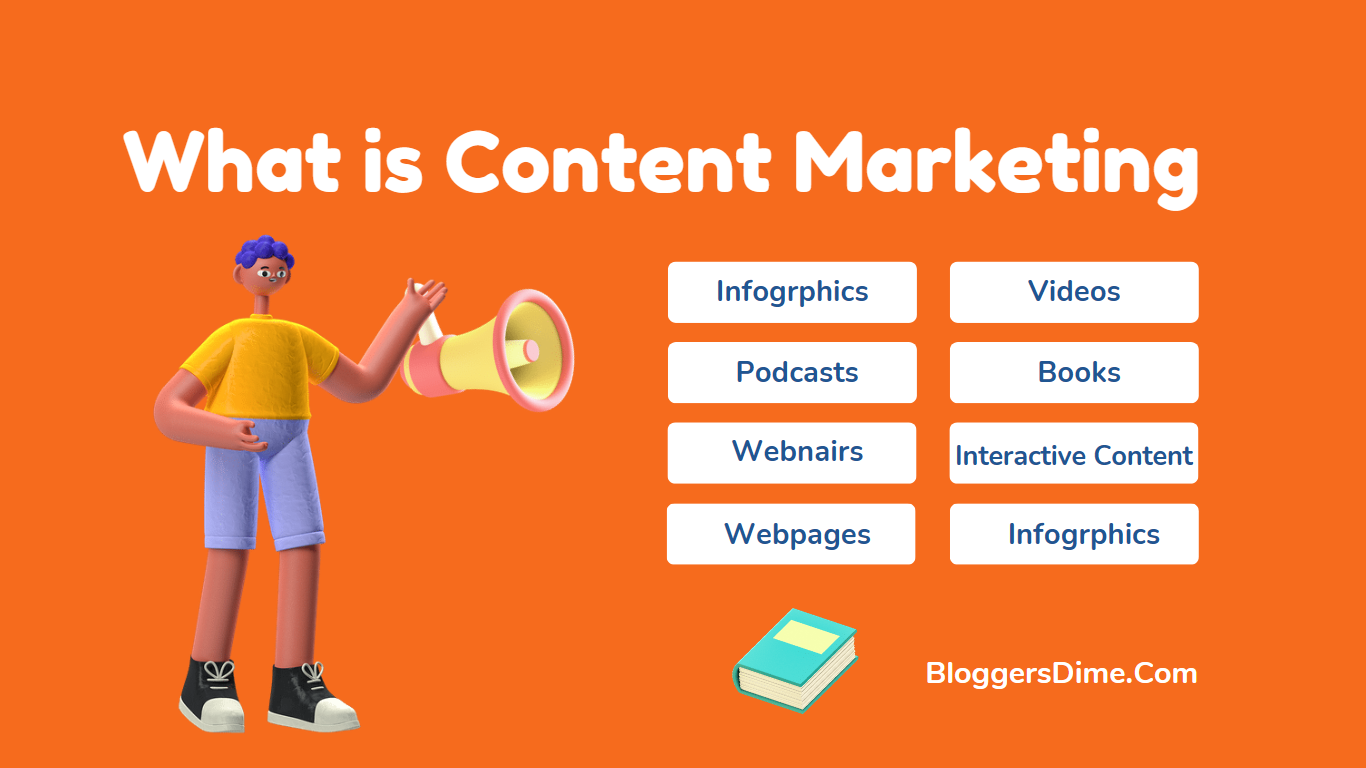Content Marketing is a form of marketing known as focusing on creating, publishing, and distributing content for a specific audience online. This content can take many forms including Blogs, Newsletters, White Papers, Social Media Posts, Emails, Videos, and more.
The goal of content marketing is to convey expertise and establish your company as a valuable resource for your audience. When done effectively, it shows that your company values the people it serves.
Consistent use of content marketing can build and nurture relationships with both prospective and existing customers. By positioning your company as a partner interested in their success and a source of helpful advice and guidance, you increase the likelihood that they will choose you when it’s time to buy.
Your content goes here. Edit or remove this text inline or in the module Content settings. You can also style every aspect of this content in the module Design settings and even apply custom CSS to this text in the module Advanced settings.
We can get more clarity by considering a few examples.

Five Content Marketing Examples
As there are many types of content and various types of content marketing—far enough to list here. In order for you to identify the opportunities around you, my goal is to introduce you to content marketing and get you thinking like a content marketer. You’ll soon be generating ideas for the same. You’ll be unable to stop seeing chances to produce content.
Here are Seven examples that will engage your mind.
Podcasts:
Podcasts are a great way for Content Marketing and engage your mind because they offer an auditory experience that can be both informative and entertaining. With podcasts, you can learn new things, stay up-to-date on current events, and even be entertained all while going about your day.
Interactive content:
Interactive content, such as quizzes and polls, engages the mind by encouraging participation and providing a sense of involvement of Content Marketing.
This type of content can also provide instant feedback, which can be rewarding and satisfying.
Infographics:
Infographics are an effective way for Content Marketing to engage the mind because they present complex information in a visually appealing and easy-to-understand format. Infographics can be used to convey data, statistics, and other information in a way that is both interesting and informative.
Webinars:
Webinars are another great way to engage the mind because they allow for interactive learning and discussion. Webinars provide a platform for experts to share their knowledge and insights with an engaged audience for Content Marketing.
Webpages:
Well-designed webpages can be the best way for Content Marketing and engaging the customer because they are visually appealing and easy to navigate. They can also provide valuable information and resources, which can be helpful in educating and entertaining the mind.
Videos:
Videos are a popular content format because they offer a multi-sensory experience that can be both informative and entertaining. Videos can be used to demonstrate concepts, showcase products or services, or provide entertainment.
Books:
Books have been engaging minds for centuries because they offer a deep and immersive experience. Reading requires focus and concentration, which can be rewarding and satisfying when you reach a deeper understanding of a topic or story. Books can also stimulate the imagination and provide an escape from reality.
Why Content Marketing is important?
Understanding why content marketing is vital to your organisation may be more crucial than simply understanding what it is. First, it’s important to comprehend the four phases of the purchasing cycle:

Content marketing is important for several reasons:
Attracting and Retaining customers:
By creating and sharing valuable, relevant, and consistent content, you can attract and retain a clearly defined audience. This might improve customer engagement and brand loyalty.
Building Brand Awareness:
Content marketing can help raise brand awareness by creating content that educates, entertains, and informs your target audience. By consistently creating valuable content, you can position your brand as a thought leader and industry expert.
Increasing Website Traffic:
Content marketing can help increase website traffic by providing valuable content that people want to read and share. By doing this, you may increase your search engine ranks and expand your readership.
Generating Leads and Sales:
Content marketing can help generate leads and sales by providing useful information and solutions to your target audience’s problems. By creating content that addresses their pain points, you can build trust and establish yourself as a reliable source of information.
Cost-Effective:
Content marketing is more cost-effective than traditional advertising techniques.
By creating and sharing content on your website, social media channels, and other platforms, you can reach your target audience without breaking the bank.
Overall, content marketing can be a highly effective strategy for businesses to raise awareness, educate consumers, build trust and create leads without high-pressure sales tactics. It can also support other digital marketing channels and contribute to SEO efforts. The return on investment for content marketing can be substantial if executed correctly.
How Content Marketing Works?
Content marketing may help your company in generating leads, close sales, and encourage potential customers to purchase your goods or services while comparing pricing.
Deliver the appropriate material at each point of the sales cycle, from awareness through consideration to purchase, in order to use it successfully. If this seems challenging, relax— using this method to approach content really makes things easier.
Here is how businesses interact and close sales at each stage of the sales cycle. There are typically four stages of content marketing and these stages are..
Strategy:
This stage involves defining your goals, identifying your target audience, and developing a content strategy that aligns with your business objectives.
Creation:
In this stage, you will create content that is designed to engage and educate your audience. This may include blog posts, videos, podcasts, social media content, and more.
Distribution:
Once your content is created, it’s time to distribute it through various channels such as social media, email marketing, and your website. This helps to increase your reach and attract new customers.
Analysis:
The final stage of content marketing involves analysing your results and using that data to refine your strategy. This includes tracking metrics such as website traffic, engagement, and conversions to determine what’s working and what needs improvement.
By following these four stages, you can create a comprehensive content marketing plan that helps you attract and retain customers over the long term.
How to Get Started with Content Marketing?

Content marketing can be a powerful tool for growing your business or increasing your brand’s online presence.
To get you started, here are some content marketing ideas.
Define Your Goals:
Before you begin writing content, you should have an idea of what you want to accomplish. Whether it’s building brand awareness, generating leads, or driving sales, having a specific goal in mind will help you create more effective content.
Understand Your Audience:
Identifying who your target audience is and what they want can help you generate material that will appeal to them. You can use tools like Google Analytics and social media insights to gather information about your audience’s demographics, interests, and online behavior.
Choose Your Content Types:
There are so many different types of content you can create, including blog posts, videos, podcasts, infographics, and many more. Choose the types of content that best suit your audience and your goals.
Develop a Content Strategy:
A content strategy outlines what content you will create, who will create it, and how it will be distributed. It should also include a content calendar to help you plan and organize your content.
Create High-Quality Content:
Your content should be informative, engaging, and well-written. Make your content more engaging by including visuals such as photographs and videos.
Promote Your Content:
Once you’ve created your content, you have to promote it to your target audience. Share it on social media, through email marketing, and on your website.
Measure Your Results:
Track the performance of your content using tools such as Google Analytics. This will help you see what’s working and what’s not, so you can adjust your content strategy accordingly.
By following these steps, you can get started with content marketing and begin to see the benefits it can bring to your business.
SEO and Content Marketing
Here are a few best practices to boost your SEO efforts and make it easy for good prospects to find your business through content marketing:
1- Keywords are the foundation of your SEO effort. These words and phrases are what prospects type into a search engine when looking for a company, product, or service.
2- The best keywords are plain-language, relevant, and specific to your focus, industry expertise and prospect pain points.
3- Search engines assess your content copy’s relevance and determine if it delivers on what the headline promises. So, using keywords throughout your content is essential.
4- Focus on 1 to 2 keywords and avoid keyword stuffing.
5- Use keywords in the article’s title and throughout the content in a natural way.
6- Stay on topic and provide good-quality content that relates to the headline for best performance.
Social Media and Content Marketing
To promote your content, social media is a proven and easy way to get the word out. Here are three steps to follow:
1- Focus on high-potential channels that your audience frequents.
2- Consider both big popular channels and smaller, industry-focused ones.
3- Craft your copy to fit the channel’s level of professionalism and accepted voice.
4- Review posts on each channel before writing your own, and give them your company spirit.
5- Test and modify your approach through trial and error.
Track responses from various channels for quantity and quality and adjust accordingly.
The Secret of Content Marketing
The secret to content marketing is adding value to your audience. This should be obvious, but many companies still fail to do it. Advertising that doesn’t provide value is often ignored. Skaters, for example, spend as much time looking at ads in skateboard magazines as they do articles and photos.
The same is true for content on The Berrics website. Skateboard companies have been practicing content marketing for decades, providing value to their audience through videos and magazines.
If you want to hire a content marketer who understands this concept intuitively, consider hiring a skateboarder.
To add value through content marketing, ask your customers what kind of content would be helpful to them. They’ll tell you what they need.
Conclusion
In conclusion, content marketing is a powerful strategy that can help businesses build relationships with their audience and drive revenue.
To be successful in content marketing, it’s important to focus on adding value to your audience by creating high-quality, relevant, and engaging content. This can be done through a variety of channels, including social media, blog posts, videos, and more.
By consistently delivering value to your audience and building trust with them, you can position your business as a thought leader in your industry and create long-term relationships with your customers.






0 Comments